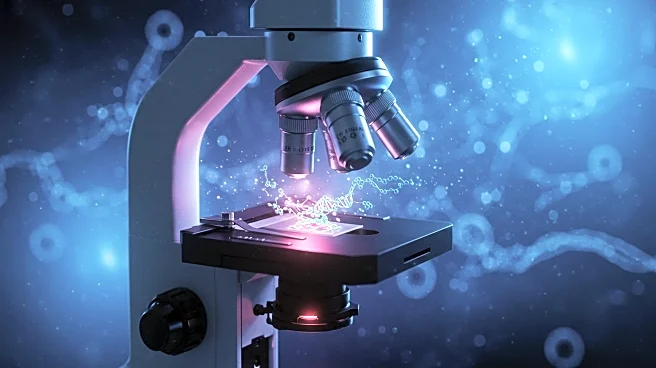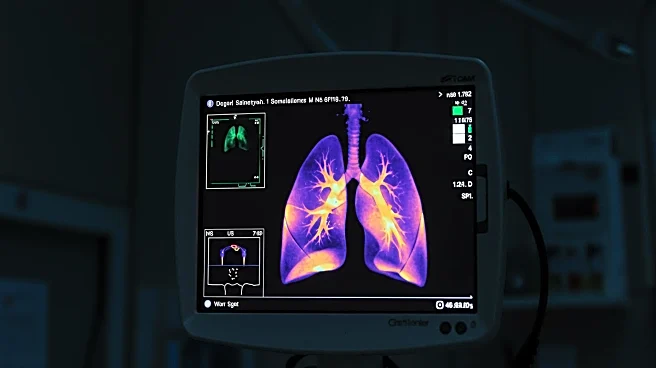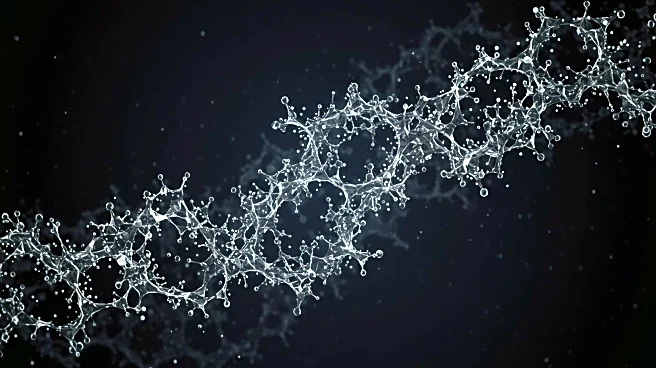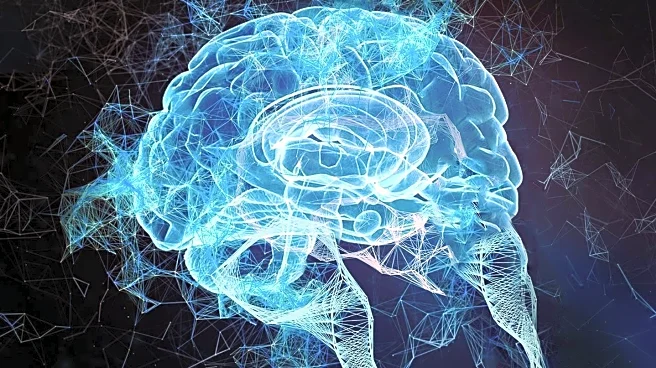Rapid Read • 8 min read
Researchers have developed a method to selectively delete or preserve tissue components through enzymatic digestion, monitored by scanning acoustic microscopy (SAM). This technique allows scientists to identify specific substances within tissues, such as proteins, glycans, and nucleic acids, by using substrate-specific enzymes. The study highlights the use of enzyme inhibitors to protect and preserve target substances, enabling the intentional deletion or retention of components in tissue sections. SAM, which employs high-frequency ultrasound, measures sound attenuation to assess tissue properties and supports the development of diagnostic and therapeutic technologies. The method provides a way to monitor enzyme activity over time without the need for staining, offering a rapid and effective approach to studying tissue fragility and component distribution.
AD
This advancement in tissue analysis has significant implications for medical imaging and diagnostics. By enabling precise control over the preservation or deletion of tissue components, researchers can better understand the structural and functional roles of various substances in biological tissues. This could lead to improved diagnostic techniques and therapeutic strategies, particularly in the study of age-related tissue changes and pathological conditions. The ability to monitor enzyme activity in real-time without staining enhances the efficiency and accuracy of histological analysis, potentially benefiting fields such as dermatology, cardiology, and oncology.
Future research may focus on refining this method to enhance its applicability across different tissue types and conditions. Scientists could explore the use of this technique in clinical settings to improve the diagnosis and treatment of diseases characterized by tissue degradation or abnormal component distribution. Additionally, the development of more specific enzyme inhibitors could further increase the precision of this method, allowing for targeted interventions in tissue preservation and analysis.
The ethical implications of this technology could be significant, particularly in terms of its application in personalized medicine. As researchers gain the ability to manipulate tissue components with greater precision, questions may arise regarding the potential for misuse or unintended consequences in clinical practice. Ensuring that this technology is used responsibly and ethically will be crucial as it becomes more integrated into healthcare systems.
AD
More Stories You Might Enjoy










